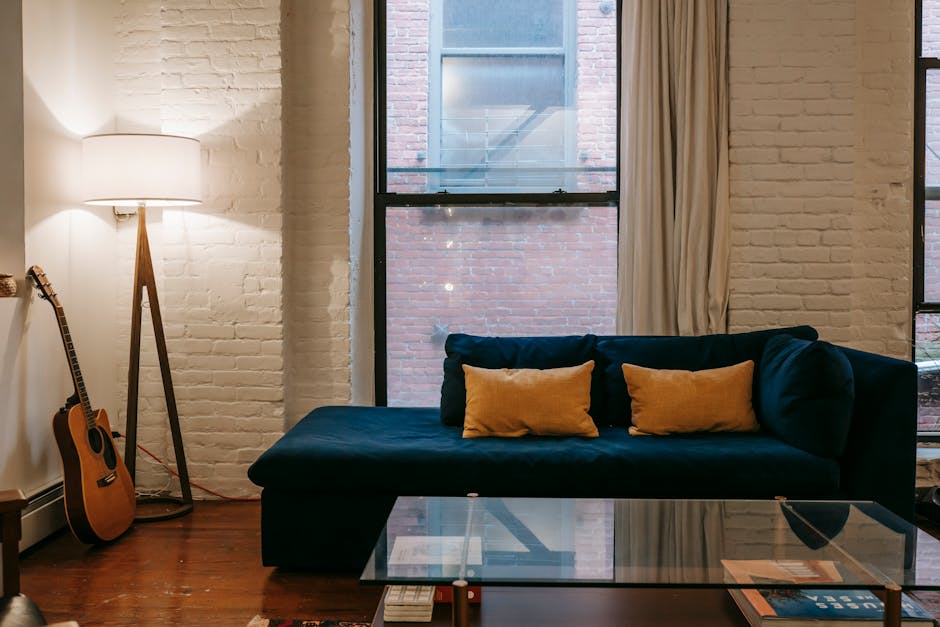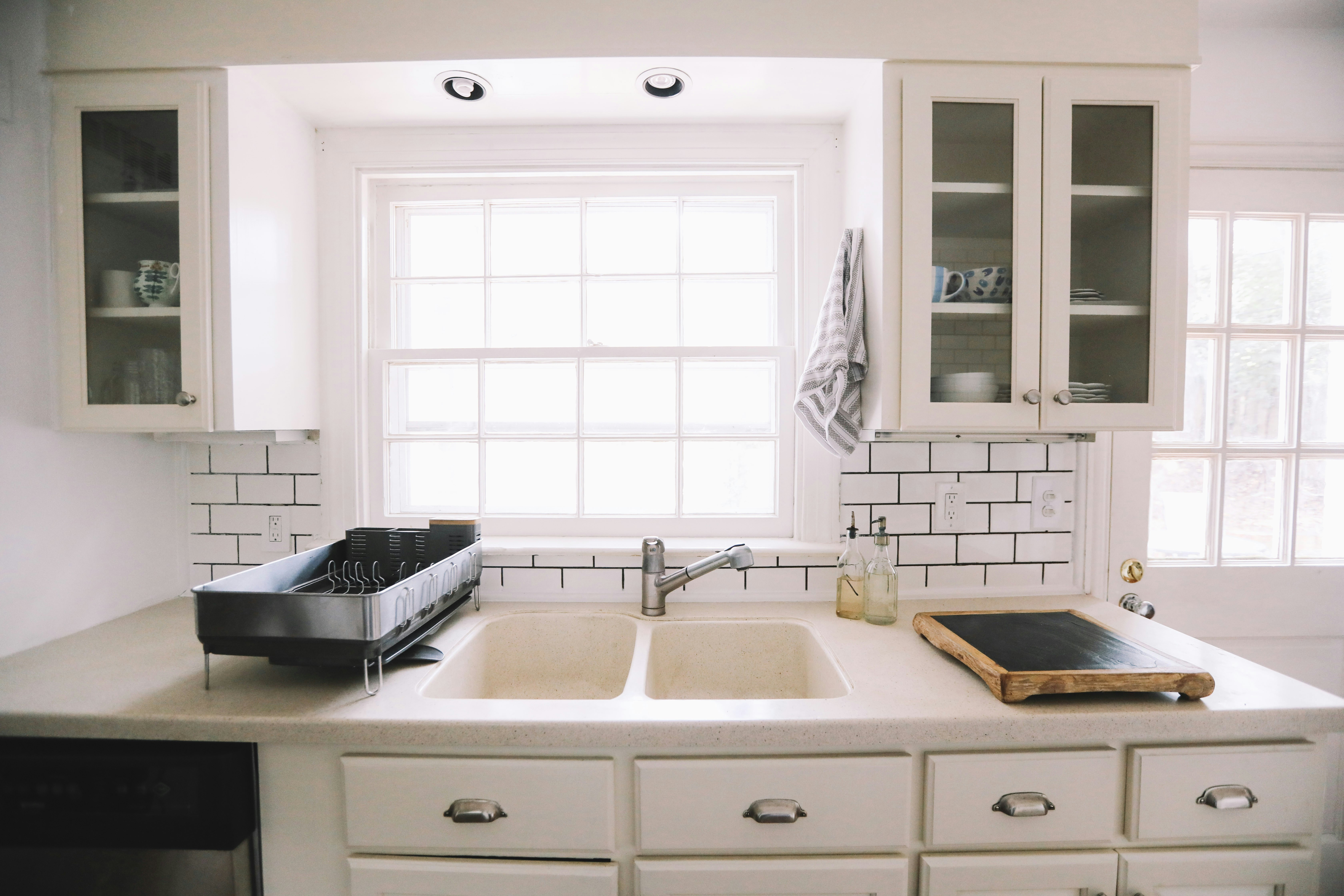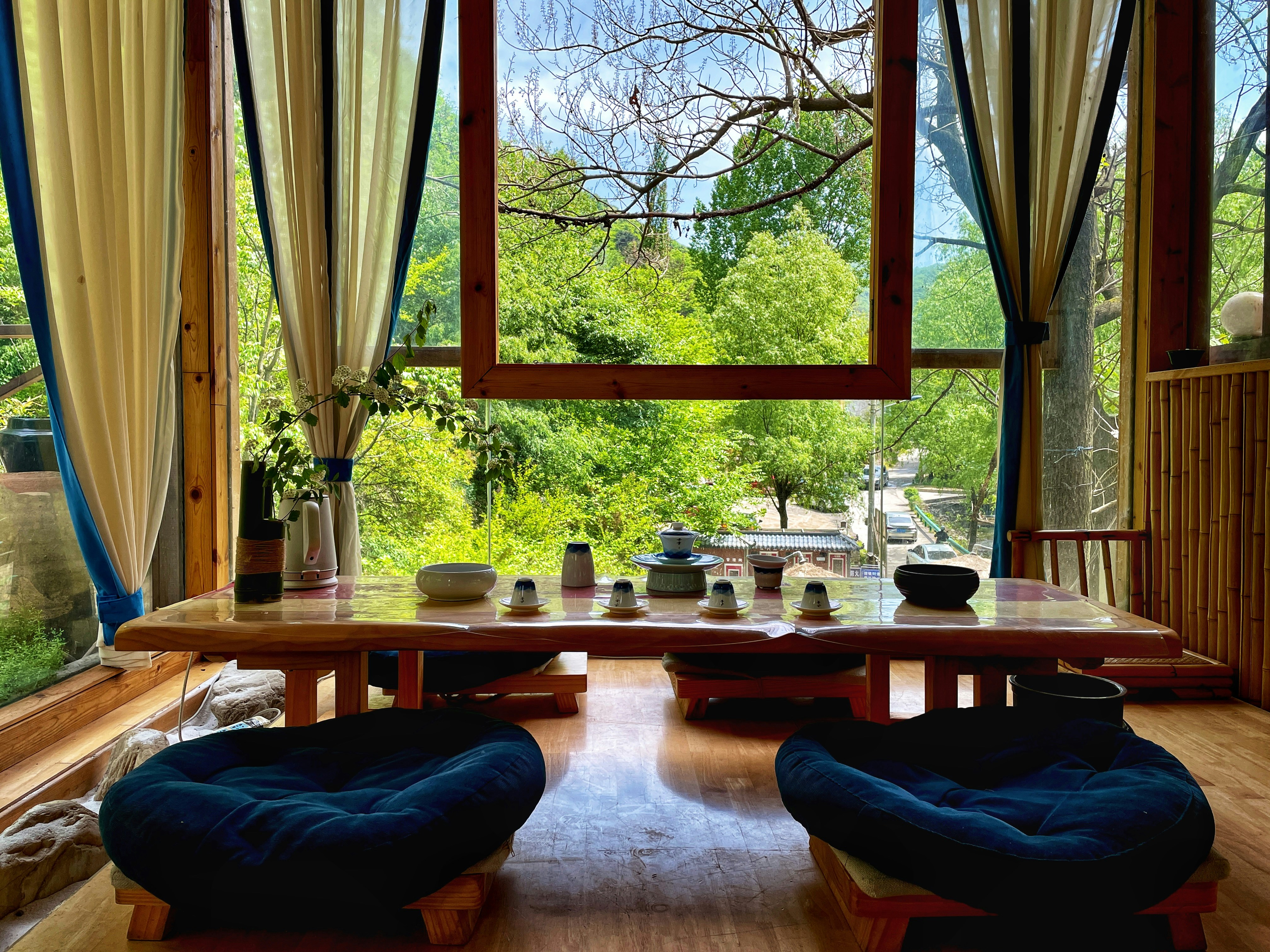Sonic Spaces: Enhance Your Home Decor with Acoustic Comfort
Is your home a sanctuary or a sound trap? Many of us strive for the former but find ourselves drowning in the chaos of everyday noise. In an age where soundscapes shape our experiences, how we design our home decor can significantly influence the acoustic comfort of our spaces. Welcome to the world of Sonic Spaces, where home decor meets sound, crafting environments that not only look good but sound good too.
Understanding the Importance of Sound in Home Decor
Sound is intrinsic to how we experience our homes. Think about the last time you entered a cozy café. The gentle murmur of conversation, the clinking of cups, and soft background music create a soundscape that is inviting and calming. Now consider your living room. Is it filled with echoes? Do the sounds of traffic bleed in from outside? These acoustic environments can drastically affect not only our mood but also our well-being.
Research from the Harvard T.H. Chan School of Public Health highlights how excessive noise can lead to stress, sleep disturbances, and even decreased productivity. Thus, integrating sound-sympathetic elements into home decor isn’t just a design consideration—it’s essential for creating a healthy living space.
The Art of Soundscaping Your Space
Soundscaping Defined
Soundscaping involves manipulating the auditory environment to create desired sound patterns or experiences. This can be achieved using a variety of techniques and materials, and it starts with understanding the types of sounds in your space. The clamor of the city, the rustling of leaves, or even indoor noises—all can be managed to enhance your home’s acoustic quality.
Choosing Your Materials Wisely
One of the key aspects of soundscaping is the selection of materials. Soft furnishings like rugs, curtains, and cushions absorb sound, while hard surfaces such as tiles or bare walls reflect it. If you’re looking to minimize echoes and improve the warmth of your sound environment, consider investing in:
-
Textiles: The right choice of fabric can dramatically change your room’s acoustic properties. Opt for thicker materials that absorb sound waves effectively.
-
Acoustic Panels: These can be designed as beautiful wall art, serving a dual function of decoration and noise reduction. They come in various colors and textures, which makes integrating them into your decor style easy.
-
Indoor Plants: Not only do they enhance biophilic design, but plants can also serve as natural sound dampeners, breaking up echoes and providing a soothing visual aesthetic. For more on this, check out Biophilic Design: Create Nature-Inspired Digital Shadow Boxes Today.
Layering Sounds for a Harmonious Experience
Combining different types of sound can foster a more enjoyable environment. Consider utilizing subtle sound machines that offer white noise or nature sounds to enhance your living space’s acoustic appeal. This could mean pairing soft instrumentals with the sounds of rain or gentle waves crashing in your hearing. Layering sounds creates a rich soundscape that enhances relaxation and focus, transforming your home into a serene haven.
Crafting Sonic Decor Elements

DIY Acoustic Art

Why not get creative with your decor? Craft your own acoustic panels tailored to your taste by repurposing textiles or materials you already have. For example, a lively, patterned fabric stretched over a wooden or canvas frame can serve as a unique and functional piece of art that absorbs sound.
Scent and Sound Integration: The Harmonious Duo

Tools for creating an inviting sound environment don’t stop at visual decor. An overlooked aspect of the decor experience is scent. By designing your space with aromatherapy in mind, you can influence not only how your home smells but how it sounds as well. Combining essential oil diffusers with soft sounds can provide a multi-sensory experience.
For practical tips on how to create aromatic environments, explore our article on Mood-Enhancing Aromatherapy Decor.
The Psychology of Sound and Interior Design

Creating Emotional Resonance with Sound

We often overlook the emotional impact that sound has within our spaces. Psychologically, sound can elicit strong feelings and responses. A calming background noise can provide a sense of safety and comfort, while disruptive noise can lead to anxiety and unrest.
Understanding the emotional resonance of sound can guide your decor decisions. For example, if you’d like to foster a calming environment in your bedroom, consider methods like soundproofing or choosing materials known for their sound-absorbing qualities.
Colors and Sound Perception

Interestingly, your choice of colors can also influence your auditory perception. Research suggests that the color palettes we choose can affect how sounds are perceived—soft, muted tones can create an environment that feels quieter and more peaceful. For insights on enhancing your space through color psychology, visit Cognitive Colors: Choose Paint Shades to Boost Mood and Productivity.
Managing Noise Pollution for Peaceful Living

Addressing External Noises

Do you live in a bustling neighborhood? Soundproofing your windows can make a world of difference. Consider double or triple-glazed windows designed to minimize outdoor noise infiltrating your home. Complement this with heavy curtains for extra sound absorption.
Additionally, creating a sound barrier with landscaping—like planting trees and shrubs outside your windows—can help absorb sound before it even reaches your space, bringing tranquility to your indoor environments.
Creating Quiet Zones in Your Home

Designate areas within your home as “quiet zones.” Equip these zones with comfortable seating, soft textiles, and muted lighting, making them perfect spaces for unwinding with a book, meditating, or simply enjoying stillness.
Tips for Integrating Acoustic Design into Any Space

Living Room—The Heart of Your Home

In the living room, start with plush sofas and chairs that invite comfort. Hang acoustic curtains to soften sound while introducing texture and elegance.
Bedroom—Your Personal Sanctuary

In the bedroom, aim for a serene sound environment. Choose calming colors and sound-absorbing ceiling fixtures or wall panels. Soft sounds can contribute to better quality sleep, enhancing your nighttime routine.
Home Office—Boosting Productivity and Focus

Create an acoustic-friendly home office by incorporating decorative elements like plants or shelves with books that double as sound buffers. Consider acoustic tiles that blend seamlessly with your decor style without compromising on aesthetics.
Next Steps: Bringing Sonic Spaces to Life
Transforming your home into a Sonic Space isn’t an overnight project; it's a journey towards achieving acoustic comfort along with visual appeal. Start by making small adjustments—perhaps some DIY acoustic art, adding lush textiles, or experimenting with soft soundscapes.
Remember to assess how each change affects your sensory experience within your home. Over time, these thoughtful changes will cultivate an environment that resonates with peace, warmth, and comfort.
Incorporating sound into your home decor elevates your overall living experience. It’s not just about how your home looks; it’s also about how it sounds and feels.
Creating Sonic Spaces means harmonizing both your senses and your loved ones—it's about crafting a lifestyle that prioritizes wellness in every way.








